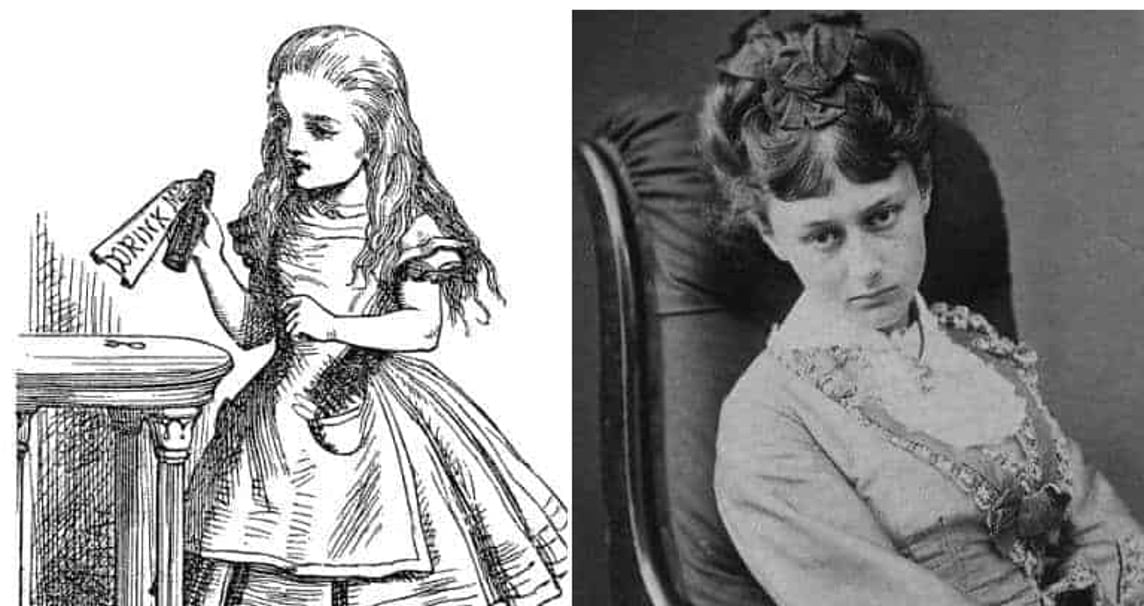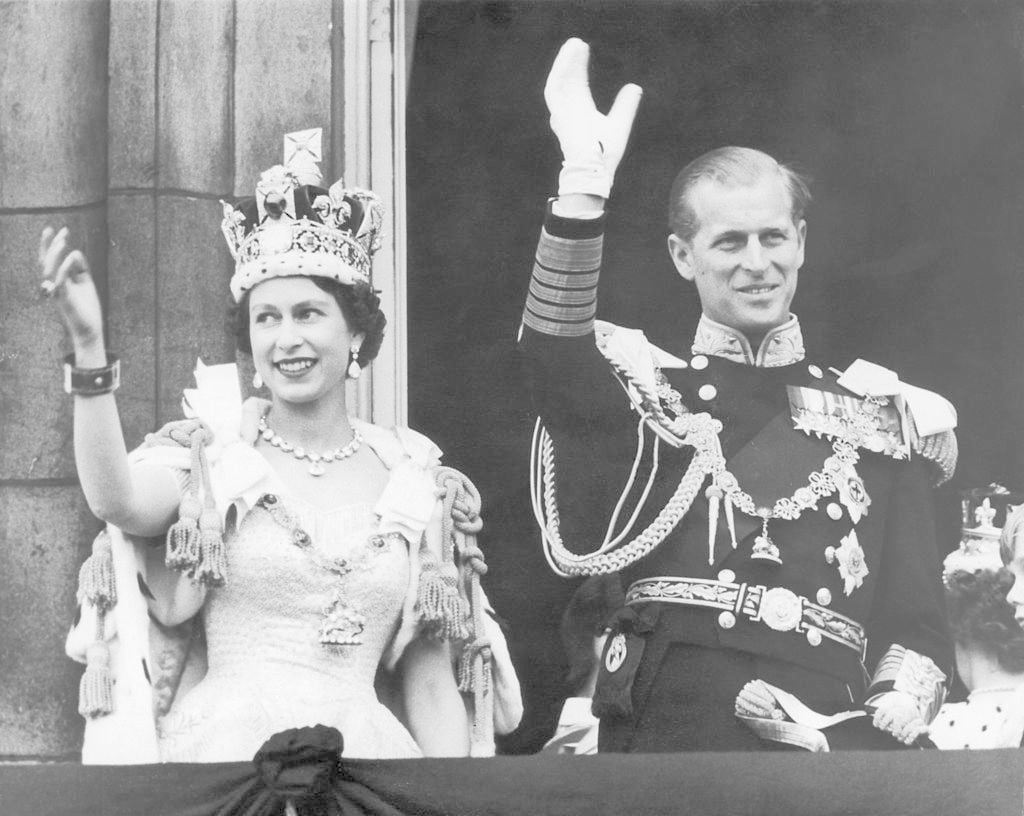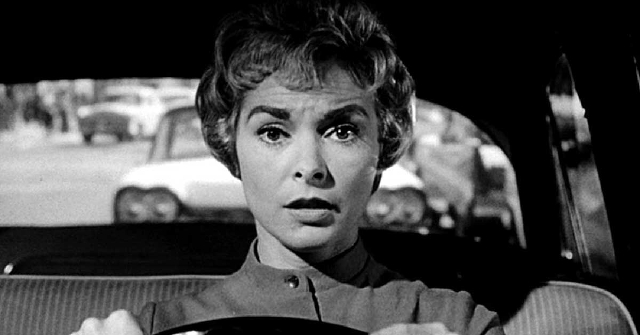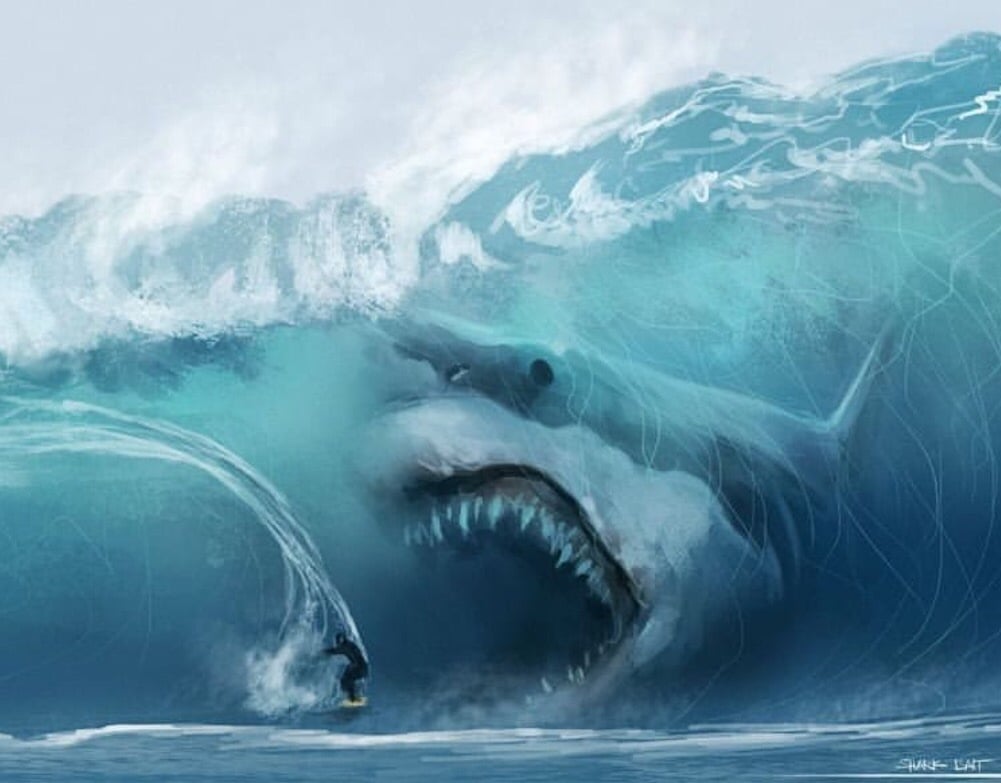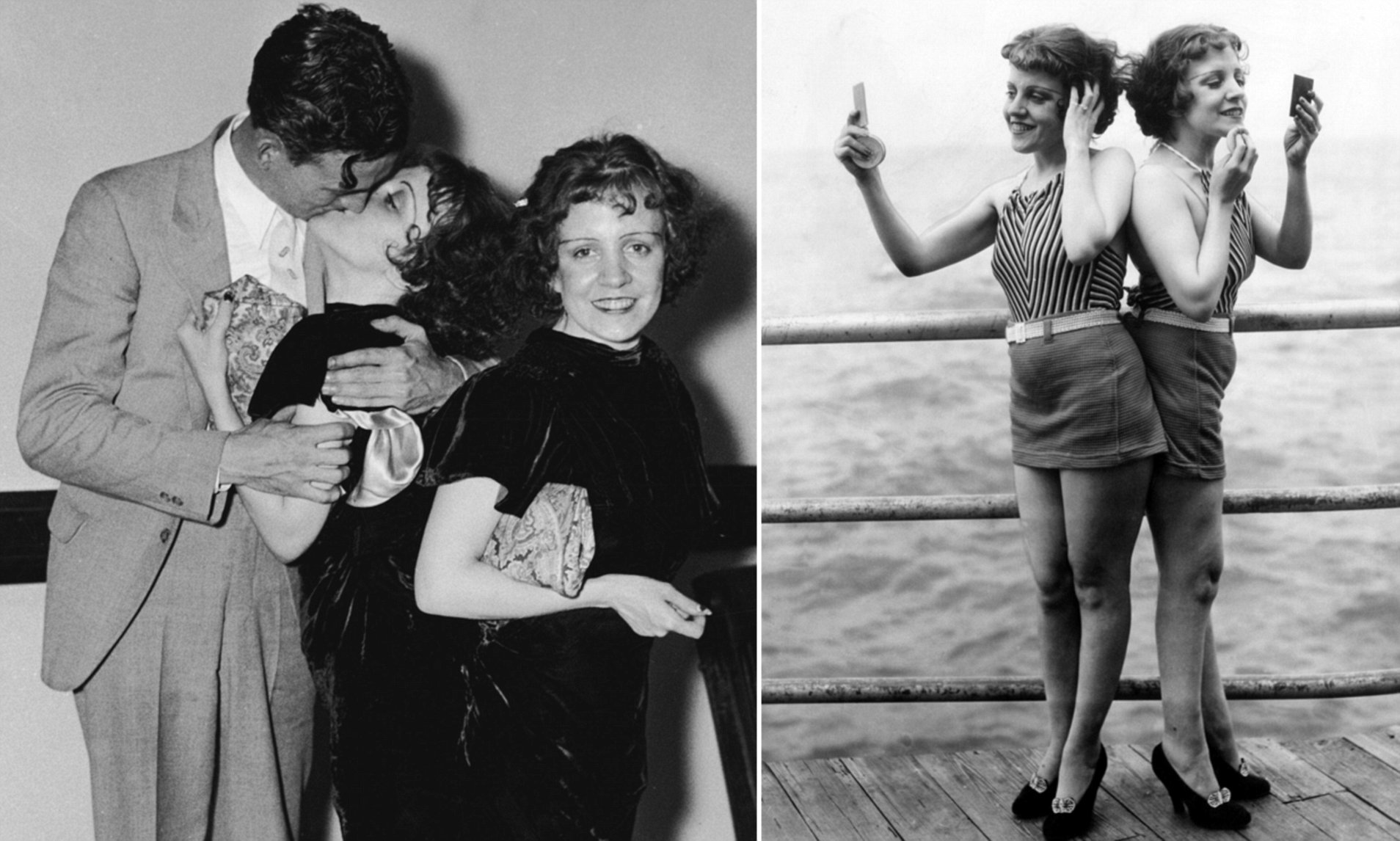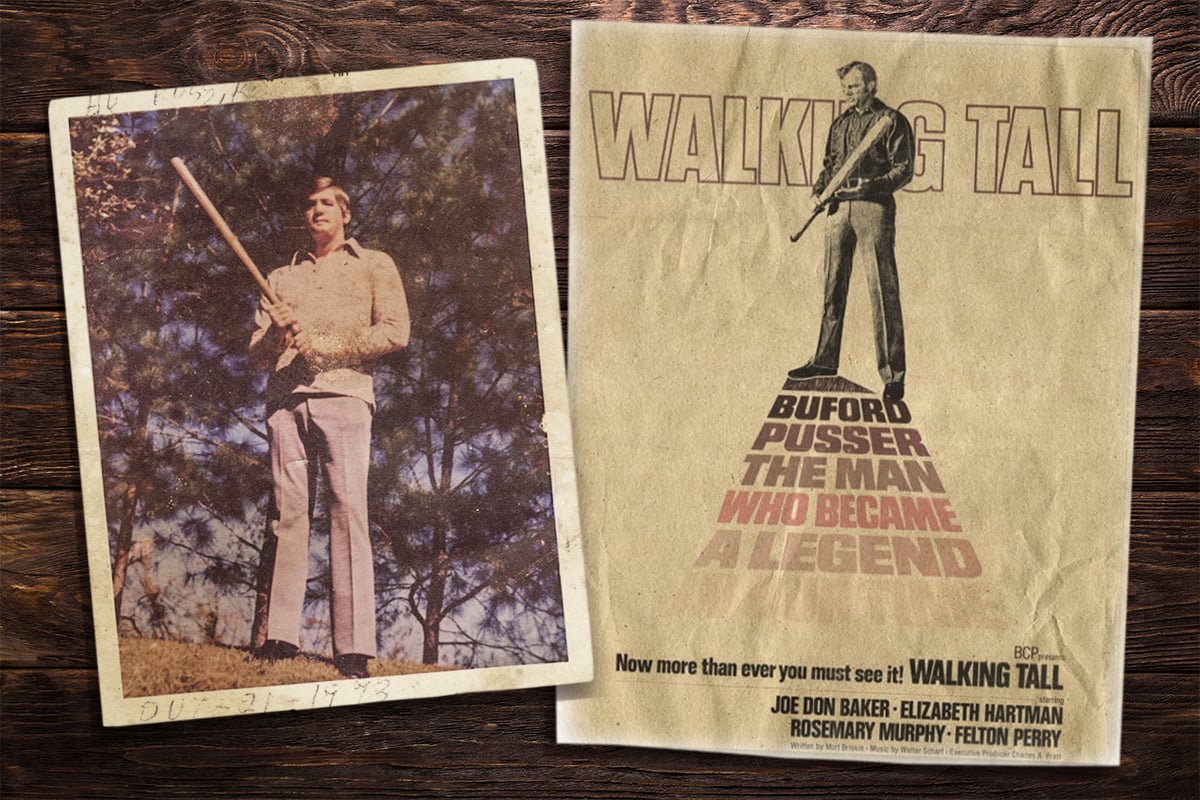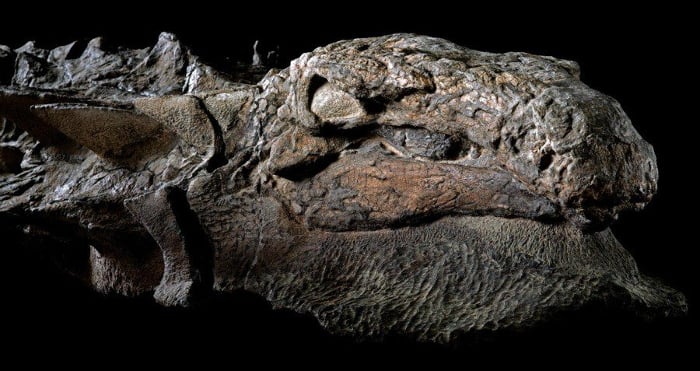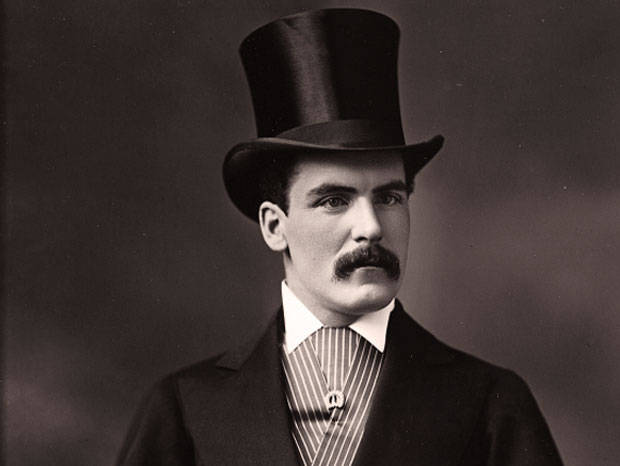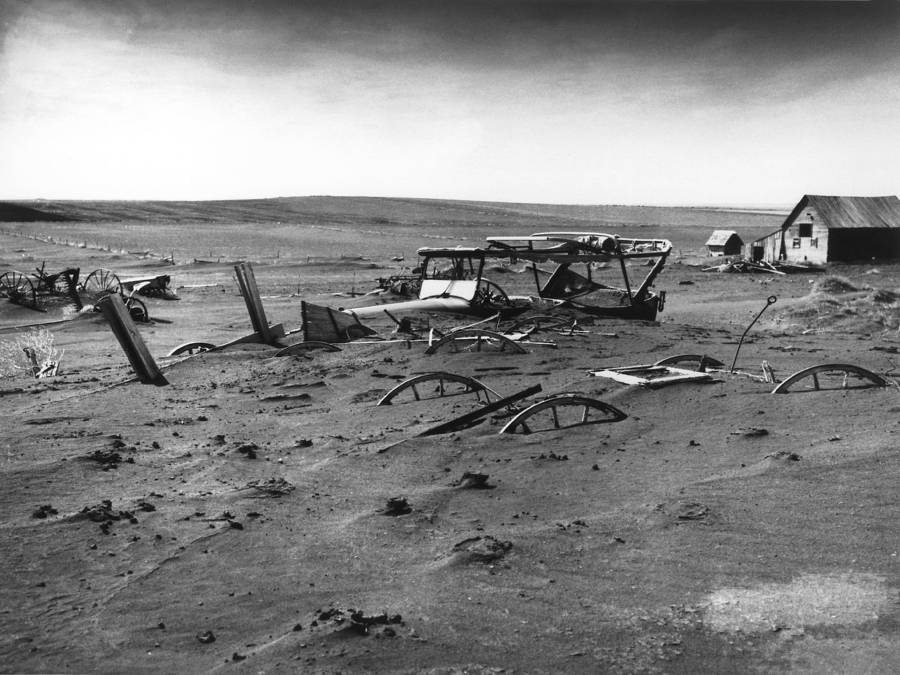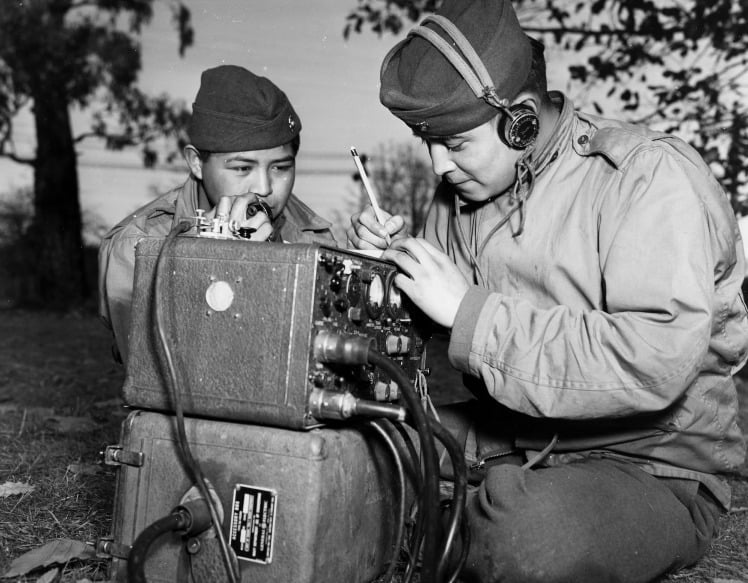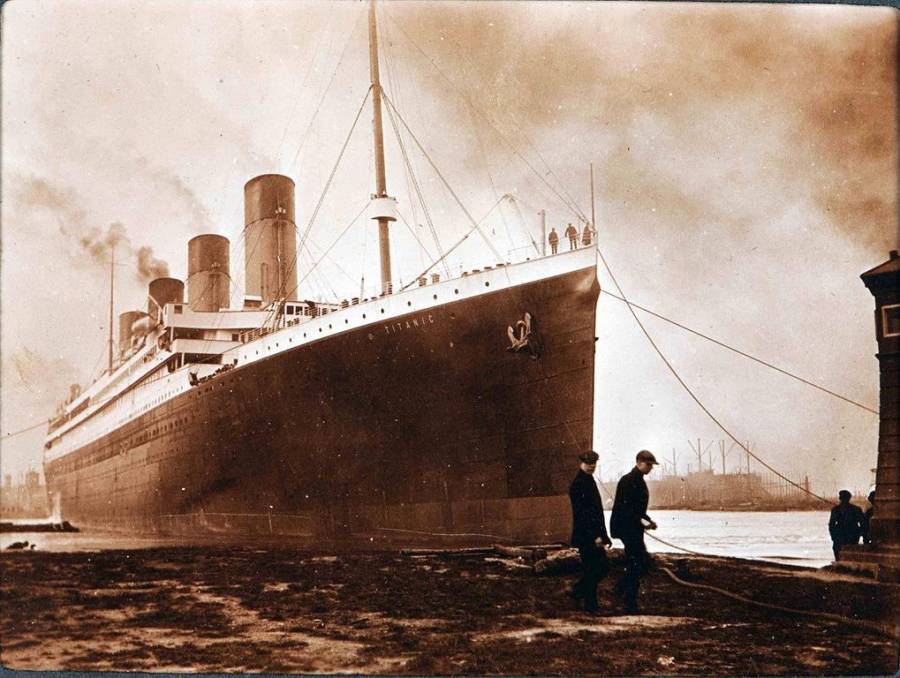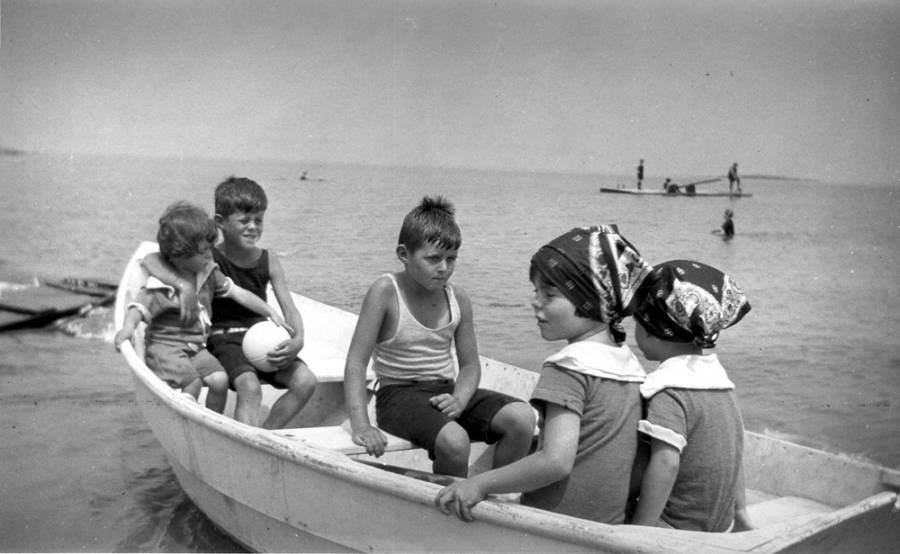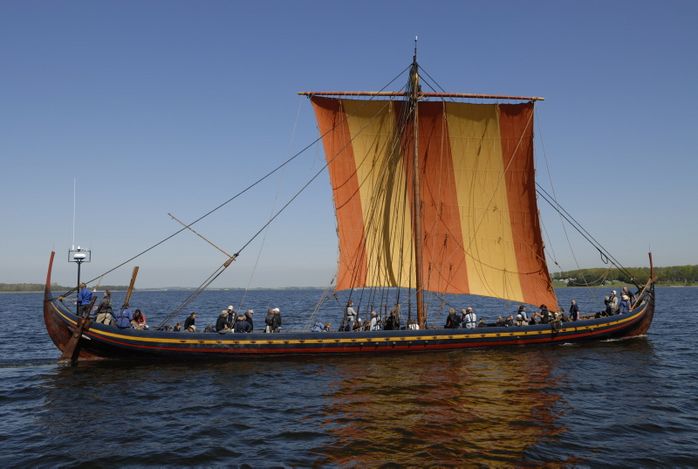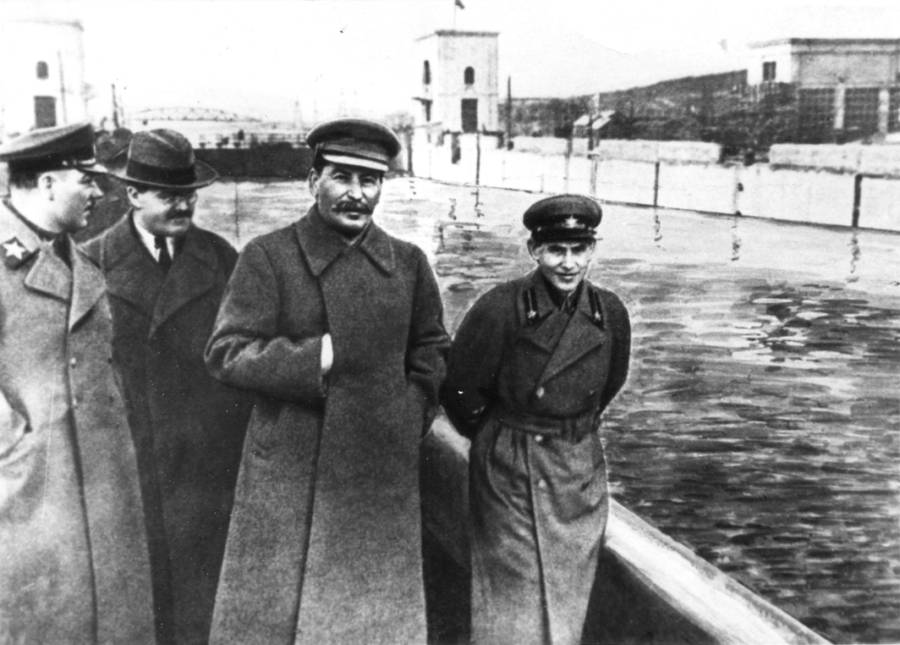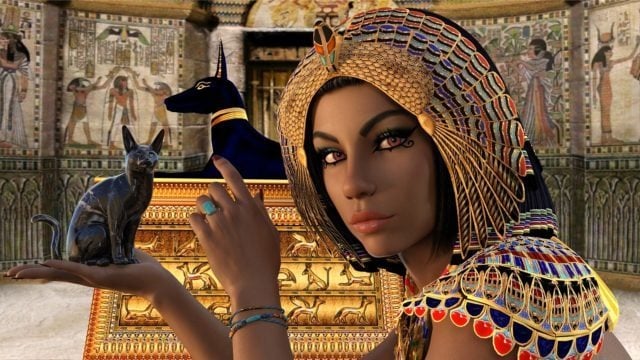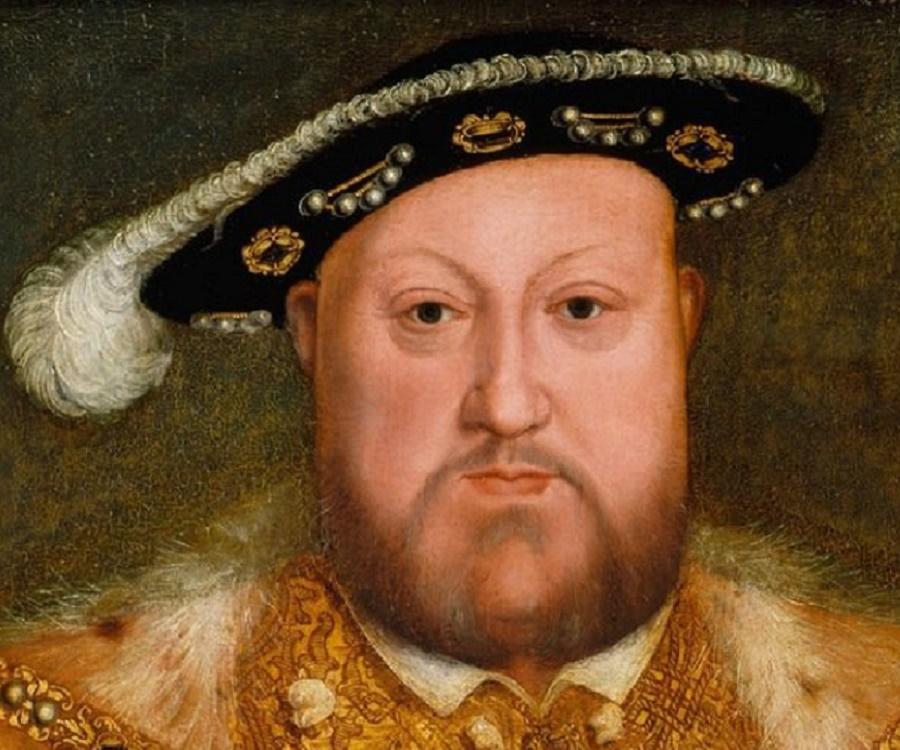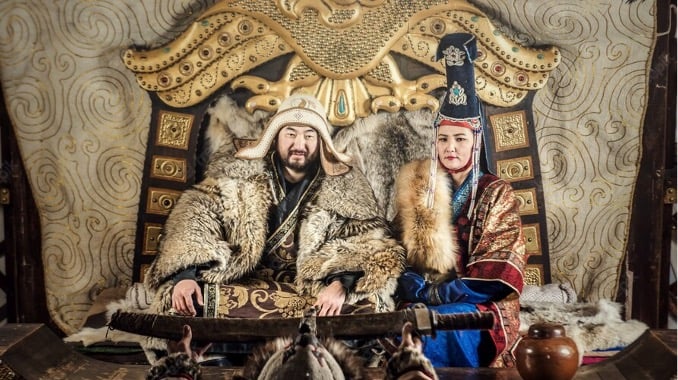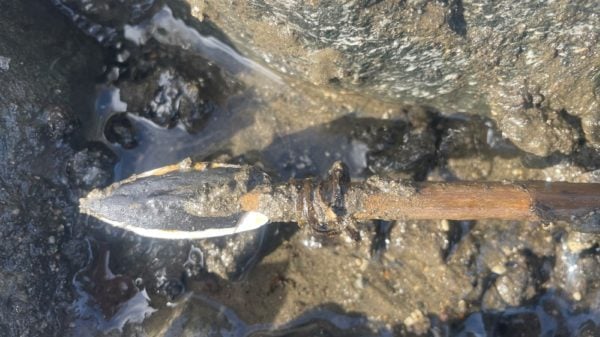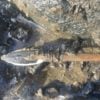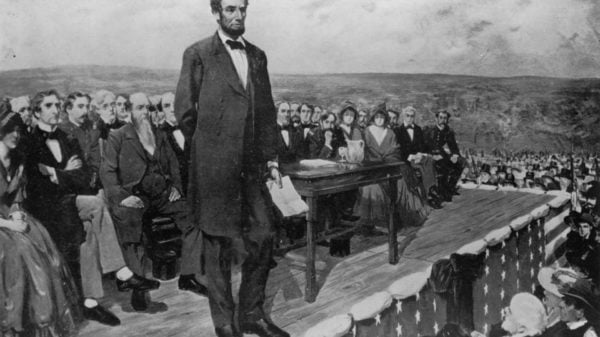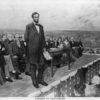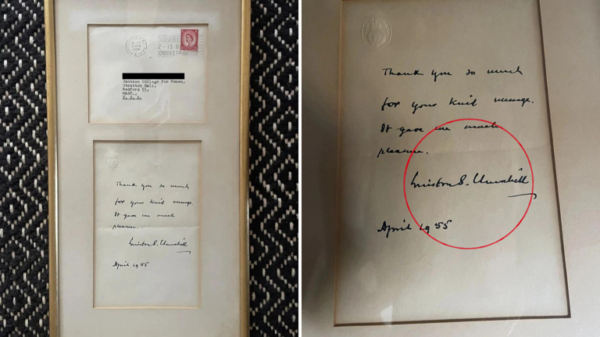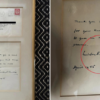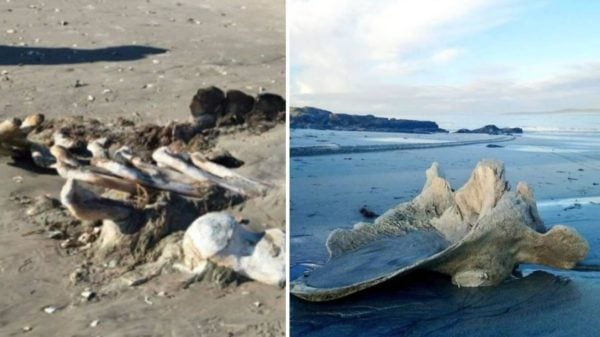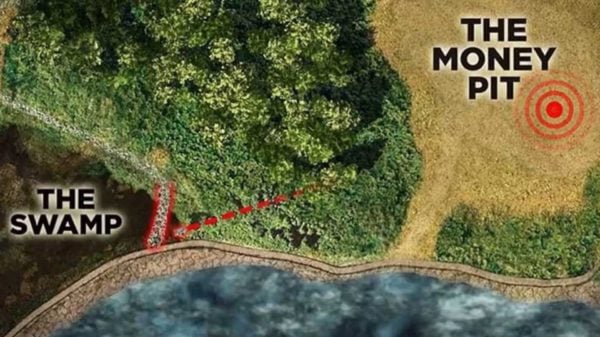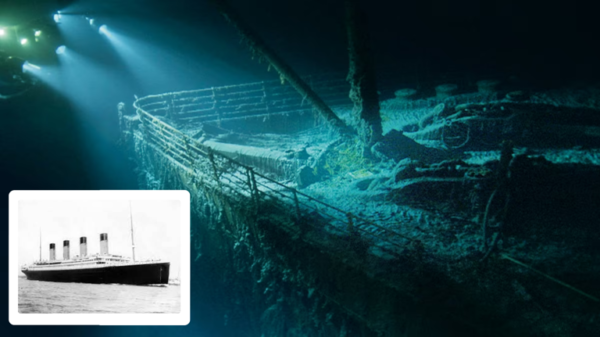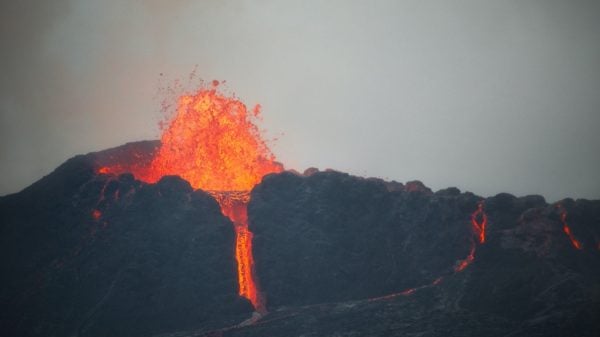Have you ever looked in the mirror and wondered if you might have a bit of Neanderthal ancestry? Well, guess what? You just might. Our ancient relatives, the Neanderthals and Denisovans, didn’t simply disappear.
They left a genetic legacy behind – their DNA. This isn’t some random genetic souvenir; it’s influencing our lives in some fascinating ways.
<iframe width=”100%” height=”100%” frameborder=”0″ allowfullscreen=”true” src=”https://www.youtube.com/embed/phMEQ3u9sT4?rel=0″></iframe>
Let’s take a step back in time to learn about the fascinating connections between modern humans, Neanderthals, and Denisovans. Picture them as neighbors in a close-knit community thousands of years ago, where they interacted, formed relationships, and even exchanged genetic material – just like friendly potluck dinners.
This ancient mingling left traces of their DNA within our genes. Much like an unexpected twist in a soap opera storyline, we are now discovering how this genetic legacy influences various aspects of our lives – from fertility to our response to the challenging presence of COVID-19.
According to Mary Prendergast, an archaeologist from Rice University, we are now uncovering the genetic legacies of our early ancestors and discovering how they impact our bodies and health. It’s like piecing together a patchwork quilt, with some genetic patches coming from Neanderthals and others from Denisovans. These patches may account for features like our nose shape or unusual traits such as an extra rib or a hand disease.
Leading the charge in our DNA detective journey are brilliant minds like Svante Pääbo, a Nobel Prize laureate. His groundbreaking work piecing together the Neanderthal genome completely transformed our understanding of ancient humans. Before this breakthrough, we were left to marvel at bones and engage in speculative hypotheses.
While some African populations have little to no Neanderthal DNA, those with European or Asian ancestry may carry a small percentage, around 1-2%, of Neanderthal DNA. If you have Melanesian roots, you could carry as much as 4-6% Denisovan DNA. So, why does this relatively small amount matter? Well, according to Hugo Zeberg, who has close ties with Paabo, it turns out that half of the Neanderthal genome is still present in modern humans.
But it’s not all good news regarding our ancient relatives’ DNA. Neanderthals did provide us with a boost in the immune system department, which was incredibly useful when our ancestors arrived in disease-ridden Europe and Asia. However, alongside their helpful contributions, they also passed vulnerabilities to local diseases.
Neanderthals and Denisovans can be seen as helpful neighbors who gave us a “Get Out Of Sickness Free” card. But fast forward to today, and according to Chris Stringer from the Natural History Museum in London, this can sometimes lead to an overactive immune system, resulting in conditions like Graves’ disease and rheumatoid arthritis. It’s a classic case of a gift that has ongoing effects.
In 2020, Zeberg and Paabo made a surprising discovery related to severe COVID-19. They found that a significant risk factor for the disease was inherited from Neanderthals. This finding left Zeberg stunned, saying, “I kind of fell off my chair.” However, in a plot twist the following year, they discovered that Neanderthal DNA could also protect against the severe effects of the virus. It’s been quite a rollercoaster ride with these Neanderthals.
In the end, it is becoming increasingly evident that our human journey was characterized by interaction and intermingling. As we continue to learn more about our past, one thing remains clear: our ancient relatives.




